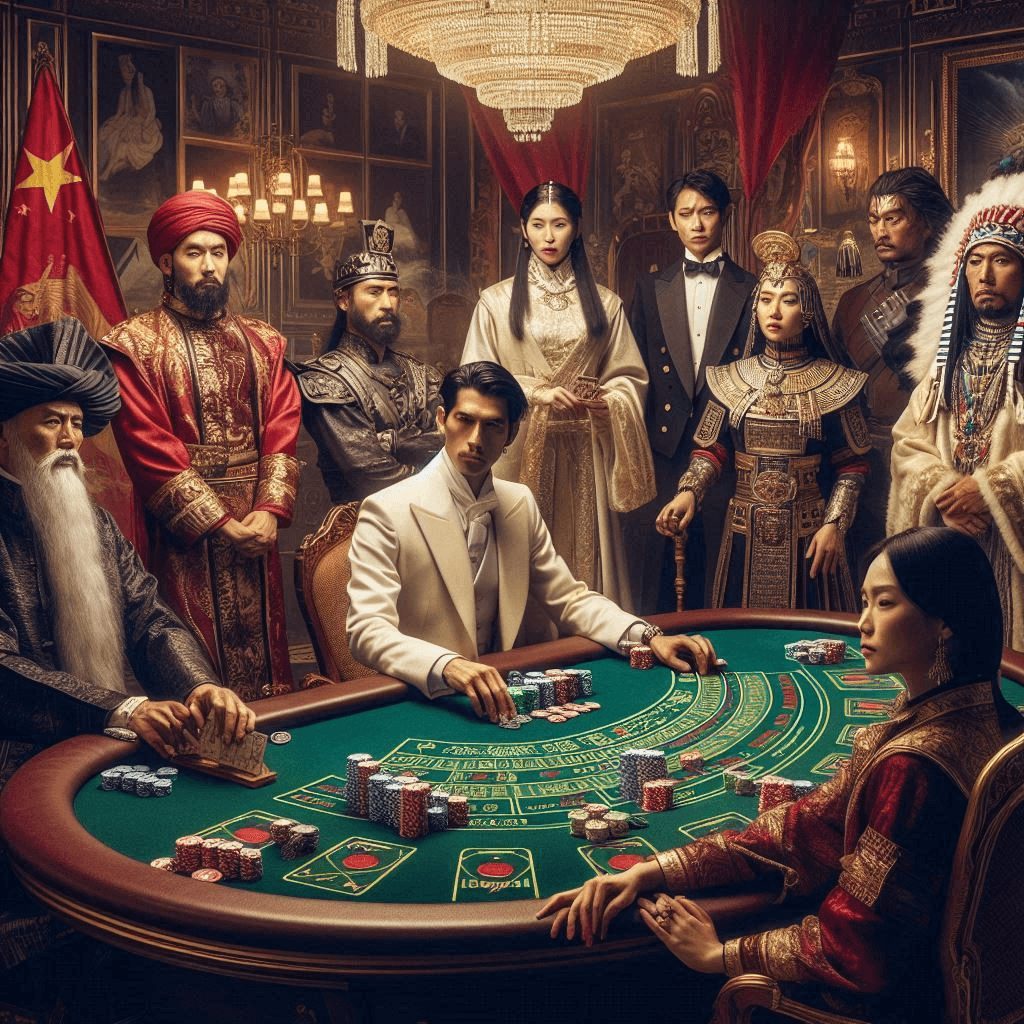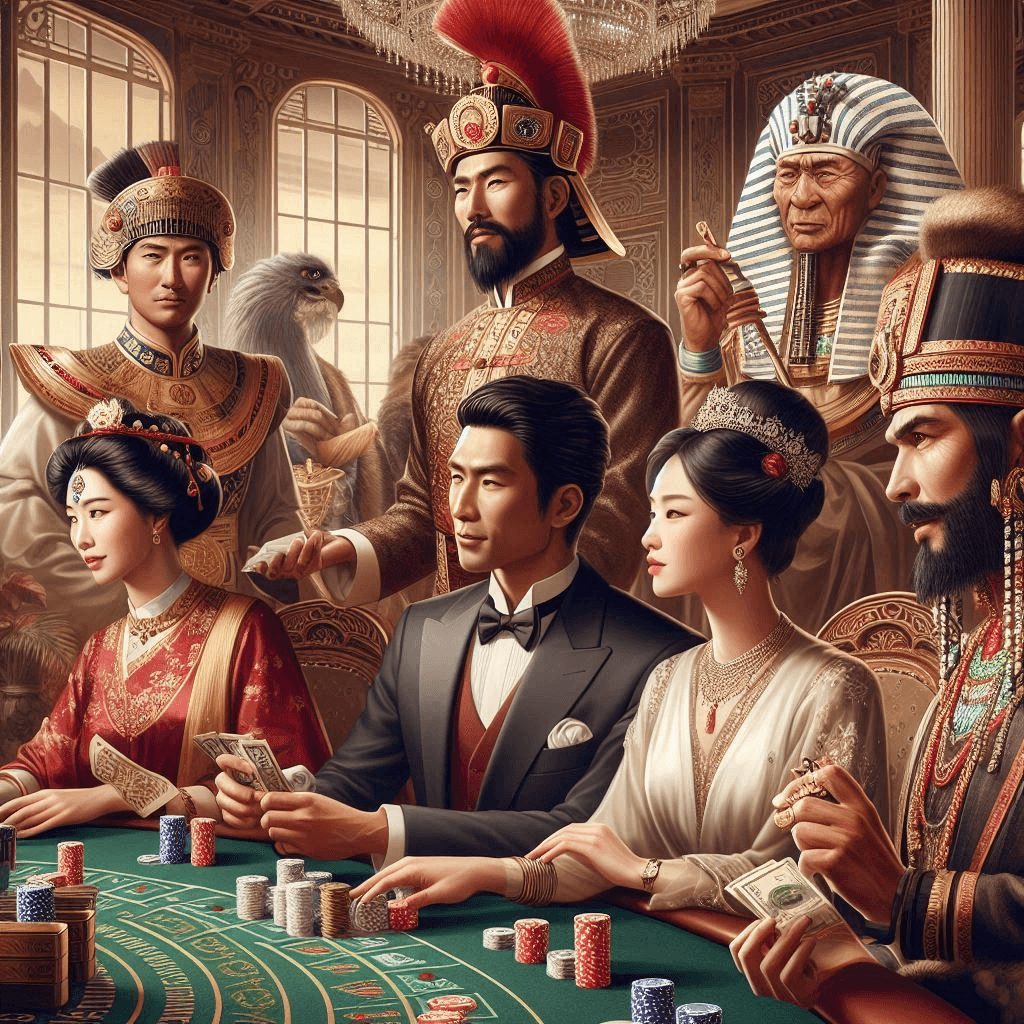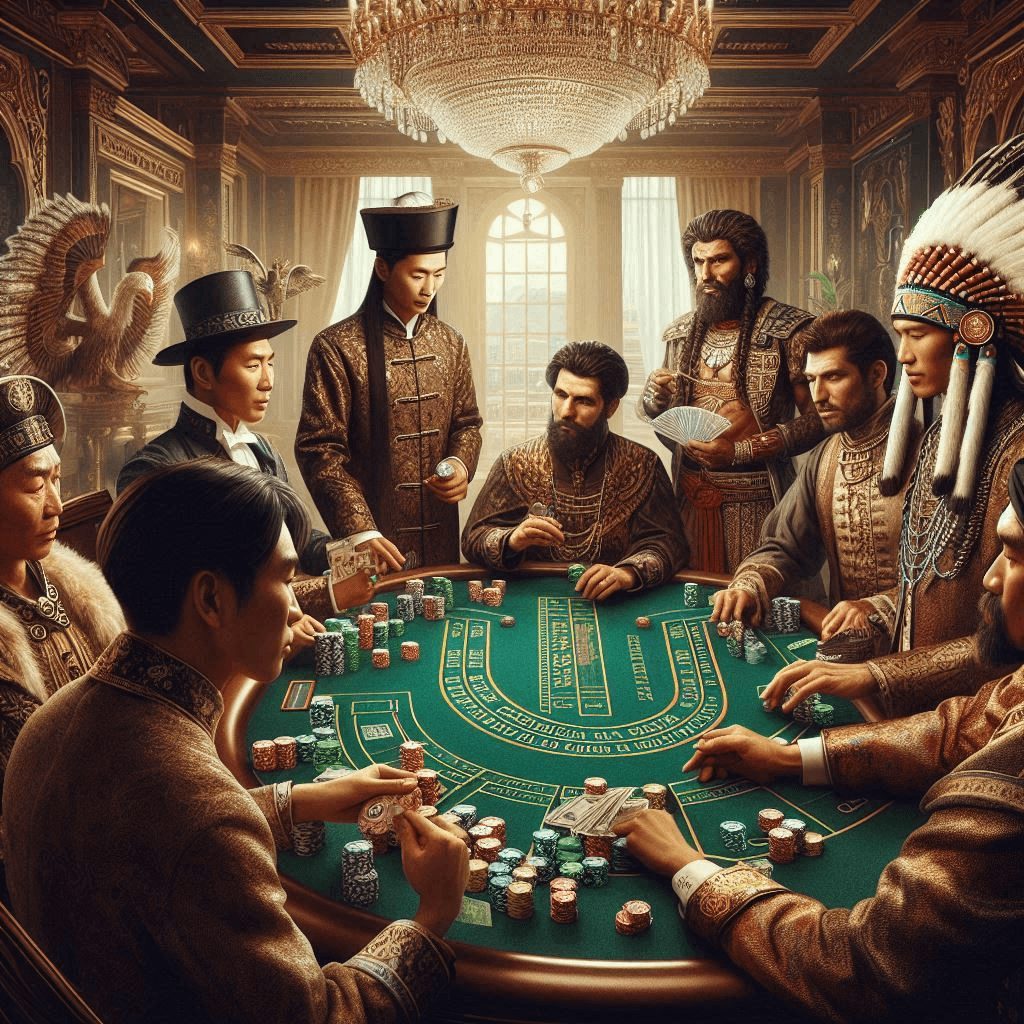Baccarat is a time-honored casino game that has captivated players for centuries. Steeped in rich history and tradition, baccarat has evolved from its mysterious beginnings to become one of the most iconic and sought-after table games in the world. In this comprehensive article, we will delve into the captivating story of baccarat, uncovering its origins, tracing its evolution, and exploring the factors that have contributed to its enduring allure.
The Mysterious Beginnings of Baccarat
The precise origins remain shrouded in mystery, with scholars and historians offering varying accounts of its inception. One of the most widely accepted theories suggests that the game emerged in the 15th century in Italy, where it was first played with Tarot cards. The name “baccarat” is believed to be derived from the Italian word “baccara,” which translates to “zero,” referring to the value of the face cards and the 10 in the game.
Another narrative traces the game’s roots to France, where it is said to have been introduced in the 19th century by an Italian named Felix Falguiere. Falguiere is credited with adapting the game to use a standard 52-card deck, a format that would eventually become the foundation for the modern game.
Regardless of its exact birthplace, quickly gained popularity across Europe, particularly among the aristocracy and the wealthy elite. The allure of the game’s simplicity, coupled with its air of exclusivity, made it a favorite pastime among the social elite, who often gathered in private gaming salons to partake in high-stakes games.
The Arrival of Baccarat in the United States
As the 20th century dawned, baccarat’s influence began to spread beyond Europe, with the game eventually making its way to the United States. The first recorded instance of game being played in the United States dates back to the late 19th century, when it was introduced in New York City’s high-society circles.
However, it wasn’t until the 1950s that truly gained a foothold in the American gambling landscape. During this time, the game experienced a surge in popularity, particularly in the burgeoning casino industry of Las Vegas. Association with luxury and sophistication made it an attractive draw for high-rollers, and casino operators were quick to capitalize on the game’s growing appeal.
The introduction of baccarat in Las Vegas marked a significant turning point in the game’s history. As the casino industry expanded and evolved, so too did the presentation and variants of baccarat. Casino owners sought to cater to the diverse preferences of their patrons, leading to the development of different game versions, such as Chemin de Fer, Punto Banco, and Baccarat Banque.
The Evolution of Baccarat Variants
One of the most notable developments in the evolution of game was the emergence of Punto Banco, also known as “classic.” This variant, which became the predominant form of the game in the United States, simplified the rules and decision-making process, making it more accessible to a broader range of players.
In Punto Banco, the casino (or “bank”) plays against the player (or “punto”), with the goal being to get a hand value closest to nine. The game’s straightforward nature, combined with its air of exclusivity, contributed to its rise in popularity among both casual and high-stakes players.
Alongside Punto Banco, other variants also gained prominence over time. Chemin de Fer, for instance, gained a devoted following in Europe, where players took turns acting as the banker and made their own decisions on drawing additional cards. Banque, another European variant, allowed for multiple players to act as the banker, further enhancing the game’s interactive and social elements.
The proliferation of game variants has not only catered to the diverse preferences of players but has also showcased the game’s adaptability and resilience. As the casino industry evolved and new markets emerged, it was able to evolve and adapt to meet the changing needs and demands of players.


The Technological Transformation of Baccarat
The advent of the digital age has ushered in a new era of transformation for the game of baccarat. The introduction of online and mobile casino platforms has significantly expanded the accessibility and reach of the game, allowing players from around the world to engage with from the comfort of their own homes.
The digitalization of game has brought about a range of innovations and enhancements. Online casinos have developed sophisticated software that replicates the experience of a physical table game, complete with high-quality graphics, realistic sound effects, and seamless gameplay. Additionally, the integration of live dealer has further bridged the gap between the digital and the physical, providing players with an immersive, real-time gaming experience.
The technological advancements in game have also facilitated the introduction of new variants and features. Online casinos have experimented with unique twists on the traditional game, such as side bets, progressive jackpots, and even multi-hand options. These innovations have not only diversified the landscape but have also catered to the evolving preferences and expectations of modern players.
The Continued Allure of Baccarat
As the game has evolved over the centuries, it has managed to maintain its enduring appeal and allure. Several key factors have contributed to the game’s enduring popularity:
- Simplicity and Elegance: At its core, is a game of pure chance, with a straightforward objective and simplified decision-making process. This simplicity, combined with the game’s air of sophistication and exclusivity, has made it a favorite among players who seek a refined and elegant gaming experience.
- High-Stakes Excitement: It is often associated with high-stakes gambling, particularly among the wealthy and the elite. The potential for significant payouts and the thrill of the game’s suspenseful outcomes have cemented baccarat’s reputation as a game of excitement and prestige.
- Tradition and Mystique: The rich history and cultural significance of game have imbued the game with a sense of tradition and mystique. The game’s association with the upper echelons of society and its centuries-old origins have contributed to its allure and exclusivity.
- Adaptability and Innovation: As the casino industry and player preferences have evolved, baccarat has demonstrated its ability to adapt and innovate. The introduction of new variants, technological advancements, and creative features have kept the game fresh and relevant, ensuring its continued appeal to both seasoned and new players.
- Global Reach: The globalization of the casino industry and the proliferation of online gaming platforms have expanded the reach of game worldwide. Players from diverse cultural backgrounds and geographical regions can now access and engage with the game, further solidifying its status as a truly international casino classic.
Conclusion
The evolution of baccarat is a captivating story that spans centuries and transcends borders. From its mysterious origins in Italy or France to its widespread adoption in the United States and beyond, baccarat has captivated players with its simplicity, elegance, and high-stakes excitement. The game’s ability to adapt and innovate, coupled with its rich history and cultural significance, have ensured its enduring popularity in the ever-evolving world of casino gaming.
As we look towards the future, it is clear that baccarat will continue to captivate and inspire players around the globe. Whether in the grand halls of land-based casinos or the virtual realms of online gaming, the allure of baccarat will endure, solidifying its status as one of the most iconic and revered casino games of all time.
FAQs
-
What is the origin of the word “baccarat”?
The word “baccarat” is believed to be derived from the Italian word “baccara,” which translates to “zero.” This refers to the value of the face cards and the 10 in the game of baccarat.
-
When was baccarat first introduced in the United States?
The first recorded instance of baccarat being played in the United States dates back to the late 19th century, when it was introduced in New York City’s high-society circles. However, it wasn’t until the 1950s that baccarat truly gained a foothold in the American gambling landscape, particularly in the burgeoning casino industry of Las Vegas.
-
What are the different variants of baccarat?
The main baccarat variants include Punto Banco (also known as “classic baccarat”), Chemin de Fer, and Baccarat Banque. Punto Banco is the predominant form of the game in the United States, while Chemin de Fer and Baccarat Banque are more popular in Europe.
-
How has the digitalization of baccarat impacted the game?
The advent of online and mobile casino platforms has significantly expanded the accessibility and reach of baccarat. Digital baccarat has introduced innovations such as high-quality graphics, realistic sound effects, live dealer experiences, and unique features like side bets and progressive jackpots. These technological advancements have catered to the evolving preferences and expectations of modern players.
-
What factors contribute to the enduring appeal of baccarat?
The enduring appeal of baccarat can be attributed to several factors, including its simplicity and elegance, the potential for high-stakes excitement, its rich history and mystique, its adaptability and innovation, and its global reach. The game’s ability to cater to both seasoned and new players has ensured its continued popularity in the ever-changing world of casino gaming.
